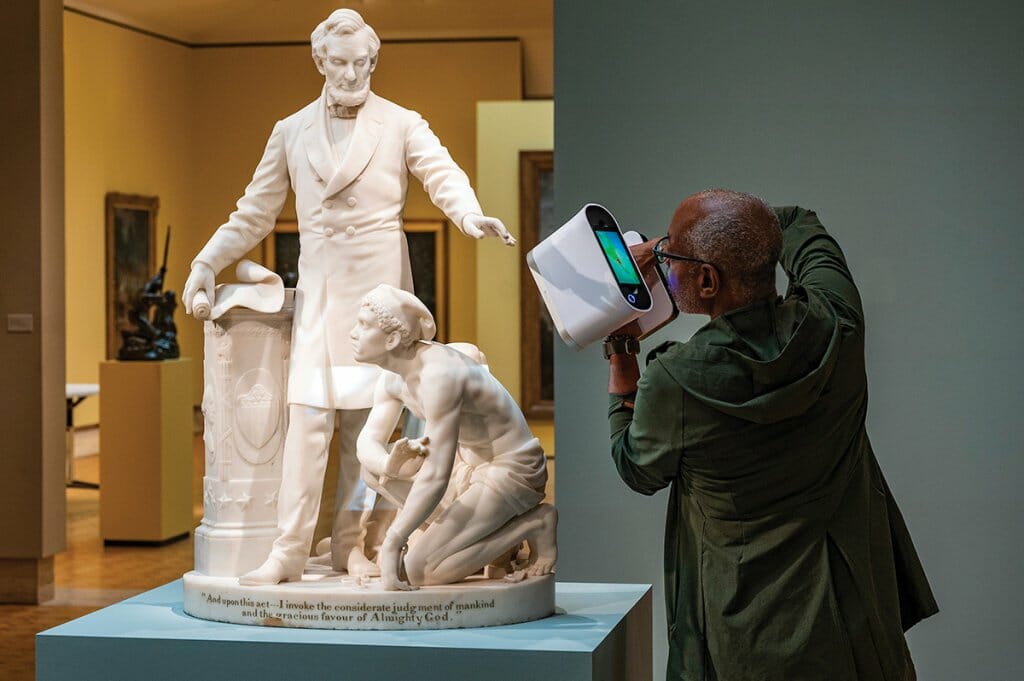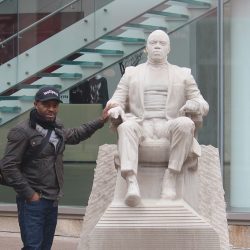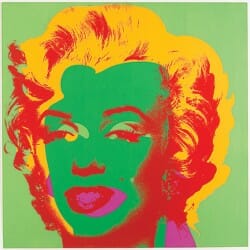An Emancipation Sculpture Revisited
Sanford Biggers prepares an artistic response to a problematic work in the Chazen collection.

Mark Hines from the MASK Consortium uses a 3-D scanner to capture a digital model of Emancipation Group. Bryce Richter
The Chazen Museum of Art, the Museums of Art Sharing Knowledge (MASK) Consortium, and renowned multidisciplinary artist Sanford Biggers have launched an innovative collaboration around a controversial artwork.
The New York–based Biggers addresses current social, political, and economic happenings while also examining the contexts in which they arose. He encountered Emancipation Group, an 1873 sculpture by Thomas Ball depicting Abraham Lincoln and an emancipated enslaved person, in the Chazen’s permanent collection. It is one of several smaller versions of the Freedman’s Memorial in Washington, DC. Another version of the monument, in Boston, was recently removed from view amid concerns that it perpetuates harmful prejudices and obscures the role of Black Americans in shaping America’s freedoms. The sculpture shows Lincoln towering over the African American figure as if benevolently bestowing the gift of freedom.
“Our eyes sort of just got big with the potential of what we can do with [the sculpture], because it’s one of those works that, in small circles, we’ve talked about for years,” says Biggers. “What if we came here and scanned that piece and made a response piece to it?”
That idea has since blossomed into what will be a more than yearlong project led by Biggers and the MASK Consortium, whose mission is to promote a more complete understanding of human history by working with digital captures of art and other cultural artifacts. The project will culminate with an exhibition in spring 2023.
According to Chazen director Amy Gilman, the result will be artworks in addition to a website, a documentary, curricula, and collaborations across the university.
“We’re in a moment when Confederate monuments are getting torn down and put in storage or taken down or vandalized, and I don’t necessarily have the answer for what is supposed to happen with all those monuments,” Biggers says. “But through this project, I want to … find other ways of dealing with that problematic history — problematic objects — so that we don’t forget the past, but learn to grow from it.”
Published in the Winter 2021 issue



Comments
No comments posted yet.